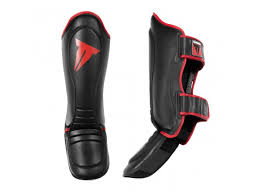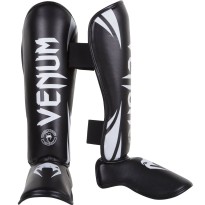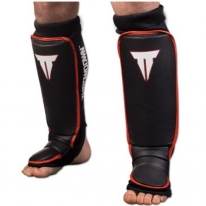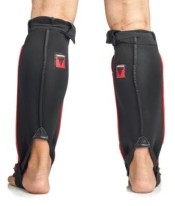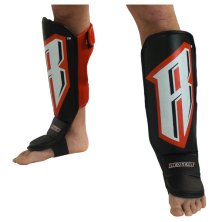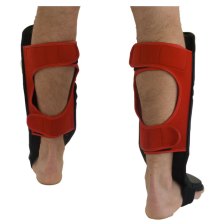So you started training Brazilian Jiu-Jitsu and don’t know what Kimono to buy. You searched and searched and saw so many different brands, styles, weaves, and prices and are overwhelmed with information and don’t know where to start. Well you’re in luck because MSM Fight Shop will break it down for you.
How much are Jiu Jitsu Gi and How much should I spend?
Typically BJJ Gis range from the $70 (entry level) to $200 (Professional grade). Those around the lower end are simpler in design, contain fewer added technologies, and are made from lower quality materials which make them less durable. While those in the higher end of the bracket are far superior in their overall construction, are made from premium materials, and have the latest bjj technologies.
Color is also a determining factor in pricing, white gis being a bit more economical due to lower manufacturing cost.
My personal recommendation are:
If you are just a beginner wanting to get into the sport as a hobby/recreational, training 2-3 times a week, a good $100 Gi will be my recommendation. Brands around this price range are Venum, Tatami, and Adidas.
If you are serious and are looking to become a pro training 4-5 times a week look into spending at least $140 for a solid Gi. Brands around this price range are, Hayabusa, Venum, Vulkan, and Adidas.
***Please note: Before going out and purchasing a Gi from an authorized dealer be sure to ask the school you’re training at to see if you can use any gi. Some schools have restrictions about color, brands, etc that you can use.***
How many Gis should I own?
Typically you want to own a two Gis if you are competing (one for training and another for competing). You want to own one if you are just going to be doing it recreationally.
How does the sizing work?
Sizing for Gi are very different then you are accustomed to, its not going to be Small, Medium, Large they will follow a A0-A5 where the number indicates the size of the gi. Smaller numbers indicating smaller sizing and large representing larger sizes.
Here is a average sizing chart, please note these are just averages to give you an idea on how sizing works. All brands and manufactures have unique sizing that may be different then the one below. Before buying a gi make sure to check their sizing.
How should the Gi it fit? Tight or loose fit?
Kimonos are not meant to fit like a suit or tux and because they will shrink over time with washing and drying so it always better to get the larger or looser size. All brands have there own cut and fit so don’t assume that and A3 that fits you in a Gameness Brand Gi will fit the same way as a Hayabusa A3 Gi. You should first try on some Gis at your local fight shop to have an idea and avoid the risk of having to return or exchange the kimono.
Can I compete with any Kimono?
If you plan to compete in the future make sure that the kimono you buy is IBJJF Approved if not they may not allow it. Ask your coaches and make sure your Gi is not shorter than 4 finger lengths on the cuff and the pants aren’t shorter than 4 fingers on the boot or ankle. For more info on IBJJF Rules click here as they can change frequently.
Should I buy a light weight or heavy weight kimono?
The light-weight kimonos are better for hotter tropical climates and better for competition because they are more comfortable to wear since they weight half of a double weave kimono. Another benefit of a light weight kimono is that it will help you qualify in your weigh in at competition with your Gi. On the downside don’t expect them to last as long, as they are made of a lighter fabrics that will compromise strength over time but are usually more affordable starting at around $89.99. Examples of Light Weight Kimonos
A heavy weight kimono are great for long term use and durability, we recommend it specially with heavier weight grapplers that use more force during training. With a heavier kimono you will also have a greater work out and sweat more but will also keep you warmer during winter training. Examples of Heavy Weight Kimonos
Nowadays with newer technology in manufacturing which offers hybrid weaves with different patterns like pearl weaves, gold weave, etc that will offer greater strength and durability with out the extra weight are one of the best options out there as you will get the best quality, comfort and durability for your money. Examples of Hybrid Weave Kimonos.
Here are closeup pics of the most common types of weaves used for Brazilian Jiu-Jitsu:
How to wash and take care for you Kimono?
Wash your kimonos in cold water with Woolite or other gentile detergent and hang out to dry for minimal shrinkage but if your like most of us that doesn’t have the time to let it air dry then use the dryer in low tumble but expect more shrinkage. Do not use bleach on kimonos as they will weakened the fabric over time. For more tips on how to keep your Gi Clean and fresh go to this link.
We hope this article was useful for your future Gi purchase and please let us know if you have any questions or suggestions about this post or future posts!



